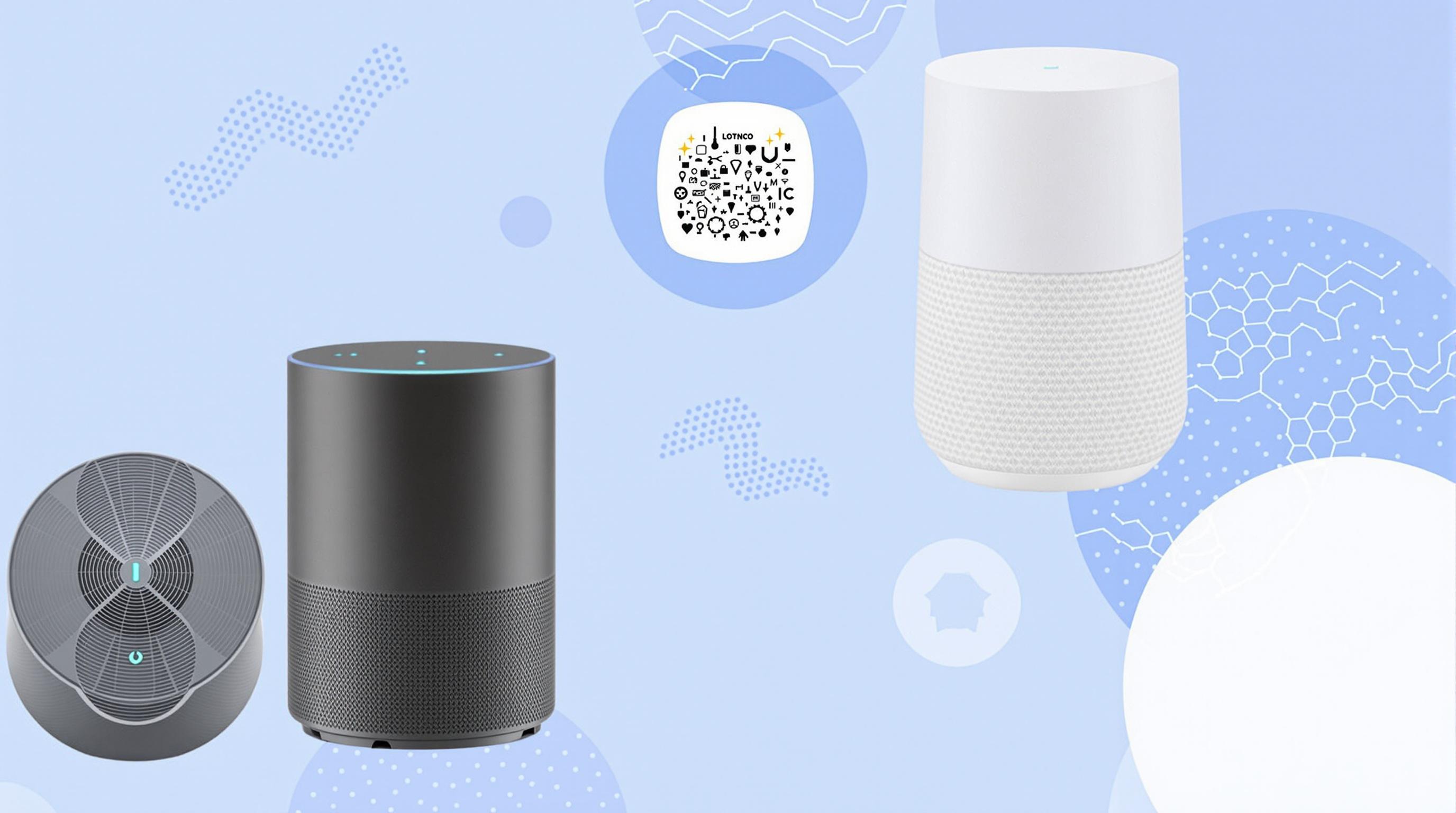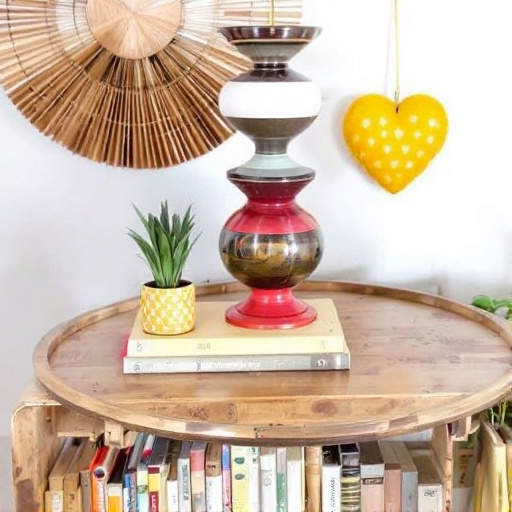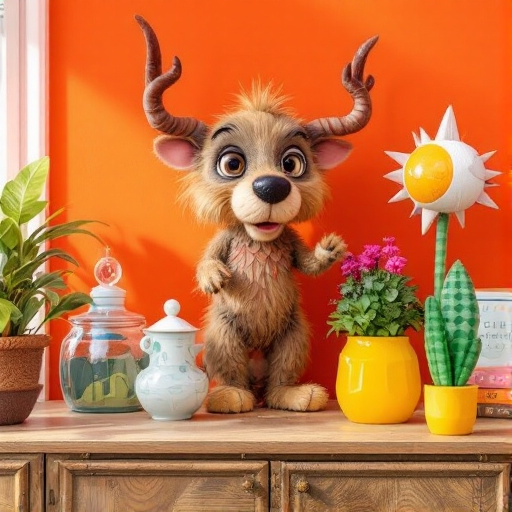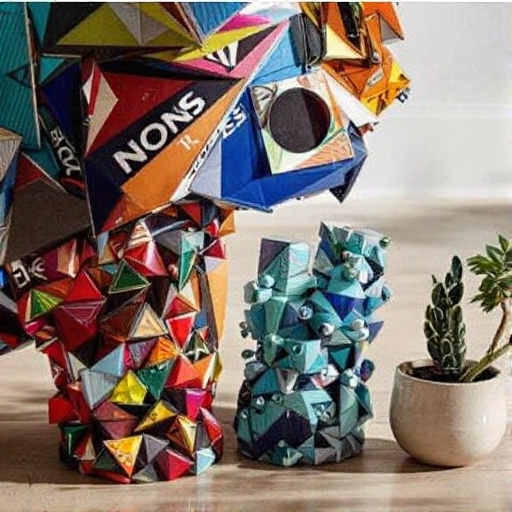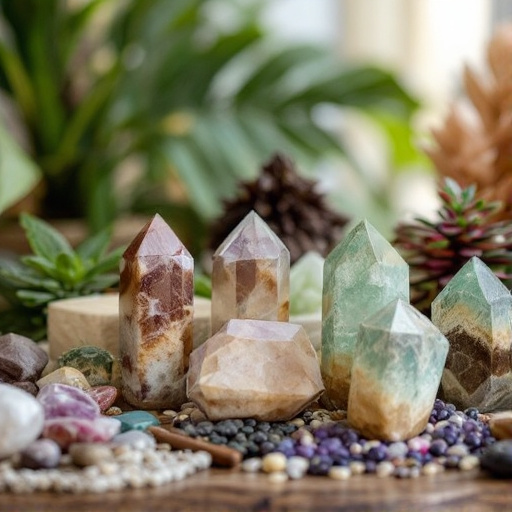Featured Articles
- Quirky Home Accessories: Unpacking the Rise of Functionally Strange Design Trends in 2023
- "Quirky Upcycling: Transforming Vintage Finds into Must-Have Home Accessories"
- The Rise of Sustainable Home Accessories: Transforming Waste into Chic Décor
- The Rise of Upcycled Home Accessories: Turning Trash into Treasure for Eco-Conscious Living
- The Surprising Rise of Eco-Friendly Funeral Home Accessories: A Sustainable Send-Off for Modern Living
Quirky Home Accessories: Unpacking the Rise of Functionally Strange Design Trends in 2023
Quirky Home Accessories: Unpacking the Rise of Functionally Strange Design Trends in 2023
As we wade knee-deep into 2023, quirky home accessories are gaining traction among design enthusiasts and average homeowners alike, challenging the status quo of traditional interior decor. This article will explore the reasons behind the popularity of these delightfully eccentric pieces and how they reflect broader cultural movements in society.
The Allure of the Odd: Why We’re Drawn to Quirky Designs
Have you ever found yourself laughing at a lamp in the shape of a flamingo or a rug that looks like a giant slice of pizza? According to a recent survey by Statista, over 60% of millennials are now opting for home decor that reflects their personality—anchoring their individualism in quirky designs that provoke conversations and smiles. The allure of these unusual accessories lies in their ability to entertain while performing functions that traditional decor sometimes overlooks.
A Journey to the Heart of Funky Design
Imagine strolling through your favorite art gallery, only to find yourself in a room filled with bizarre furniture—like chairs shaped like teeth or tables that seem to float in mid-air. Such places are often where quirky design movements gain momentum. Emerging designers are pushing aesthetic boundaries, often inspired by childhood memories, pop culture references, or even abstract art. Take the case of designer Thomas Kent, who crafted a series of clocks that incorporate whimsical animal motifs, fighting the boring uniformity of timepieces that grace most homes.
Statistics: The Quirky Market is Growing
In 2021, the U.S. home decor market was valued at approximately $200 billion, with unconventional items commanding a larger percentage of that figure than ever before. Especially in the wake of the COVID-19 pandemic, consumers clamor for personalization in their living spaces, driving a surge in demand for unusual and playfully designed home accessories. Interestingly, Etsy reported a 45% increase in sales of unique home decor items in early 2023 alone.
Case Studies in Eccentricity
One particularly telling example is the rise of “biophilic design,” where quirky accessories often mimic nature in unconventional forms. Pieces like the “mushroom chair” created by designer Pedro Paulo are not only stunning but resonate with the growing trend of sustainability in design. These items encourage an appreciation for the environment, prompting discussions around climate change and eco-conscious living.
Meanwhile, companies like Anthropologie continue to thrive in this quirky niche, showcasing wild décor choices that range from rainbow-colored furniture to oversized wall art featuring funky animal portraits. Their success is largely attributed to tapping into a burgeoning market of buyers searching for individuality in their homes.
Connecting Emotionally: The Philosophy Behind the Strange
The explosion of quirky home accessories is also a reflection of our emotional need for creativity in predominantly mundane lifestyles. Studies have shown that environments rich in unconventional artwork can lead to improved mental well-being. According to a 2022 study published in the Journal of Environmental Psychology, individuals who invested in playful home decor reported higher levels of happiness and creativity at home.
Funky Functionality: Where Utility Meets Imagination
One trend that embodies this marriage between utility and creativity is multifunctional furniture. For instance, consider the “Cactus Coat Rack” or the “Squid Bookends” that perform their duties while adding a layer of whimsy. The rising need for practicality in small apartments has led to a boom in these imaginative solutions, offering not only aesthetics but also purpose.
The Online Marketplace: A Treasure Trove of Quirk
As the world shifts more towards e-commerce platforms, people now have access to an astonishing range of quirky home accessories. Websites like “Wish” and “Redbubble” are inundated with items that challenge traditional notions of decor. Online shoppers are actively seeking out unique pieces, creating a marketplace where consumers can showcase their personality in ways that reflect both their style and values. Shoppers are clamoring for products made by artists that tell a story, further amplifying the depth of each product's charm.
Trader Joe's Effect: The Role of Pop Culture
Even popular chains like Trader Joe's have joined the quirky accessory movement, offering funky designs with catchy names on items ranging from dish towels to wine stoppers. This playful branding has resulted in cult-like followings among shoppers, underscoring the importance of charm and whimsy in retail. The correlation between these endearing products and their popularity makes a strong case for how quirks in home accessories have crossed over into mainstream culture.
Humor Meets Home Decor
Let’s cut to the chase: insecurities about our choices can often be mitigated through humor, and that philosophy is making waves in home design. Designers are unveiling products like “Wombat Toilet Roll Holders” and “Avocado Toast Pillows,” confirming that laughter paired with functionality can reduce stress. Not surprisingly, consumers are bringing these playful accessories into their homes as a buffer against everyday anxieties, highlighting the importance of interior spaces as not only functional but also light-hearted.
Anticipating Trends: What Does the Future Hold?
So, what can we anticipate for the future of quirky home accessories? Augmented reality (AR) technology may soon allow consumers to visualize quirky decor in their homes before purchasing—think virtual flamingo lamps! This intersection of technology and unusual design will likely create an even larger demand for items that stand out in a sea of boring uniformity.
Additionally, the notion of sustainability will further push the industry toward introducing eco-friendly quirky designs, as homeowners grow more conscious of environmental impact. Companies resisting the urge to conform to mainstream trends will thrive with a loyal customer base eager for fresh ideas.
Social Media's Role in Promoting Quirkiness
Have you encountered a home accessory on Instagram that made you laugh, share, or even consider a purchase? Social media has become a powerful driver of quirky home trends, with hashtags like #WeirdHomeDecor gaining traction. Influencers are promoting their peculiar finds, inspiring followers to embrace oddities that speak to their curated personalities. TikTok videos showcasing rooms filled with unusual pieces encourage viewers to think twice before reaching for an ordinary lamp or shelf.
Summing It Up: Why Quirky is Here to Stay
In conclusion, quirky home accessories symbolize a cultural shift toward individuality and personalization in our living spaces. With their ability to spark joy, provoke thought, and showcase creativity, these functionally strange items are unlikely to fade into obscurity. Whether you’re 16 or 70, investing in unique decor can serve as a testament to who you are while inviting warmth and conversation into your home.
The rise of quirky design trends isn’t just a fad; it’s evidence of an ongoing desire to break free of conformity and embrace the absurdity that life—and our homes—offer. 2023 may have just begun, but if the past months are any indicator, decorating with a sense of humor and personality will remain central to our interior design choices for years to come.
